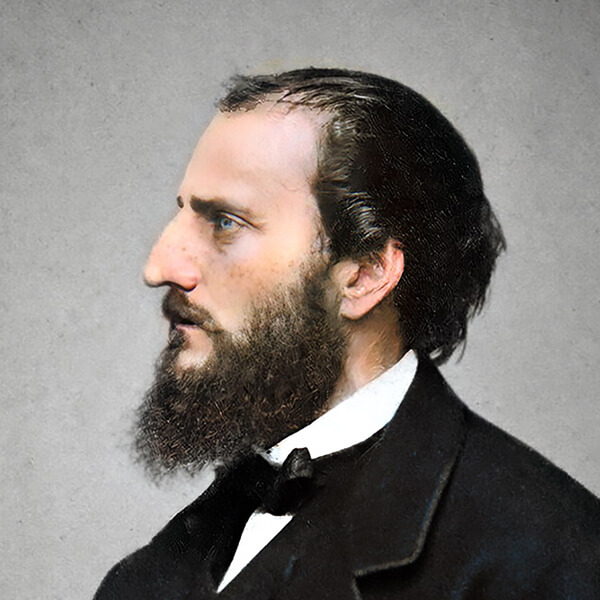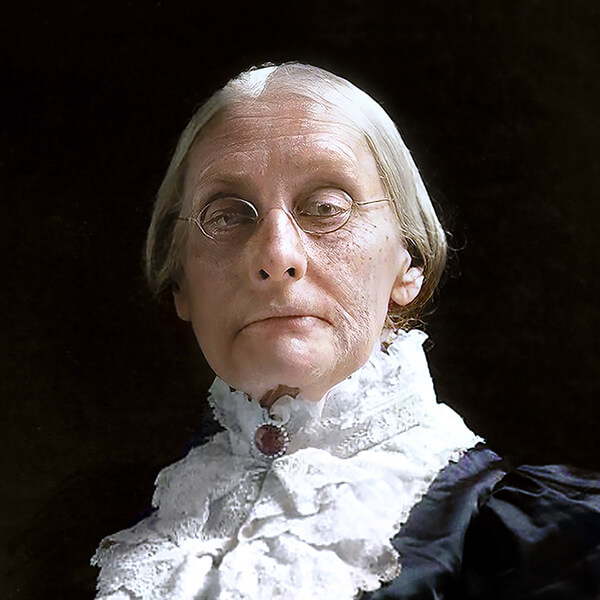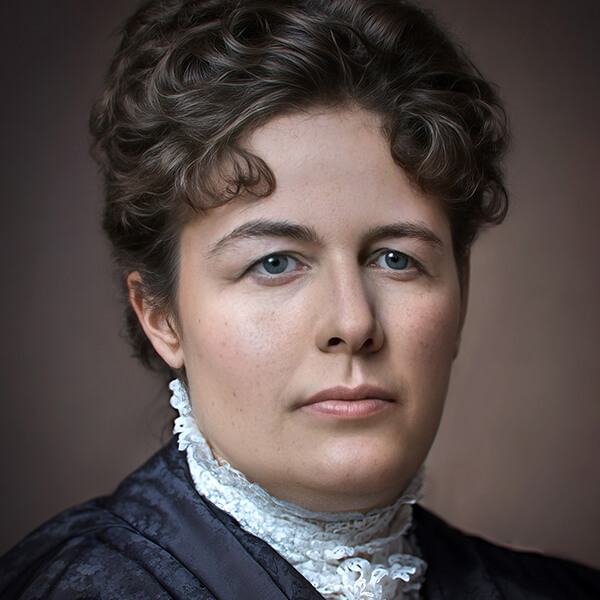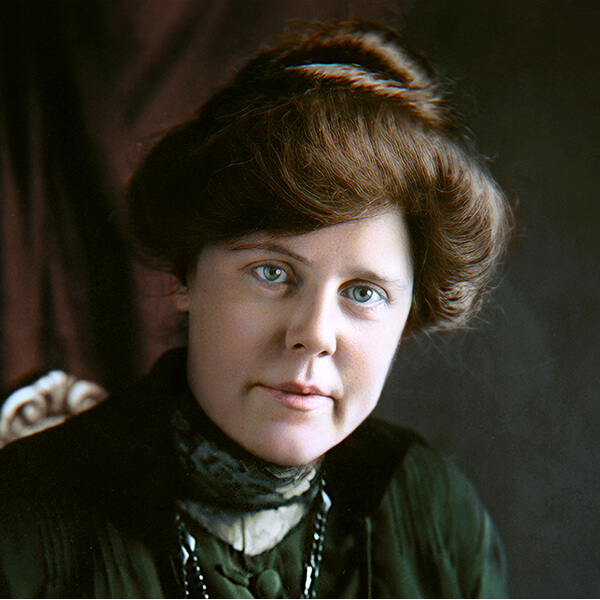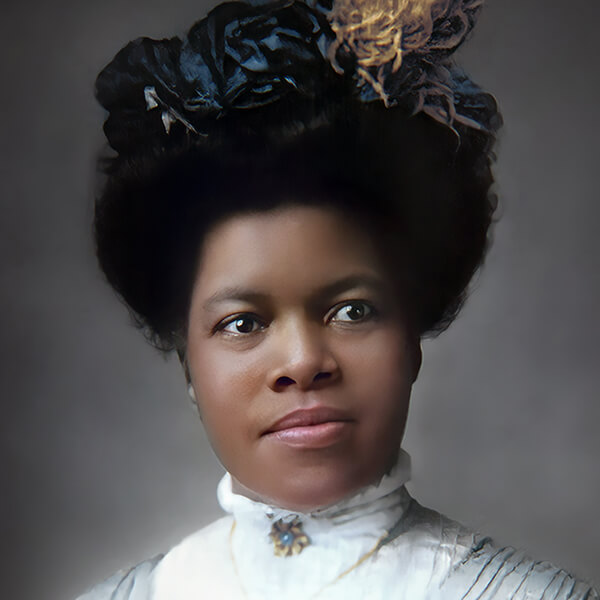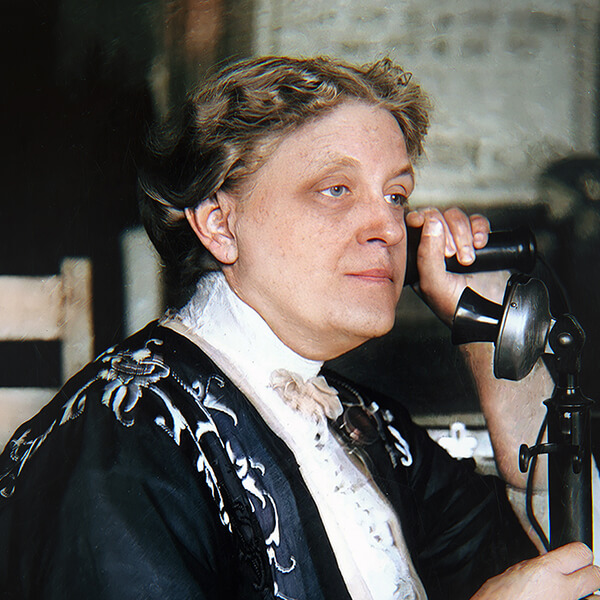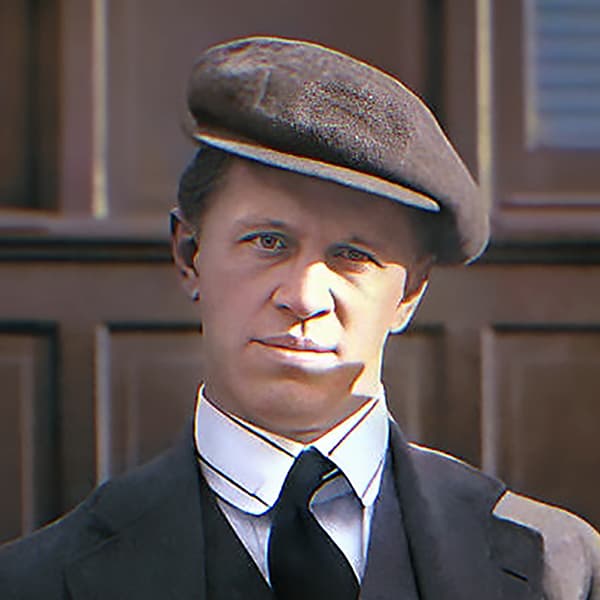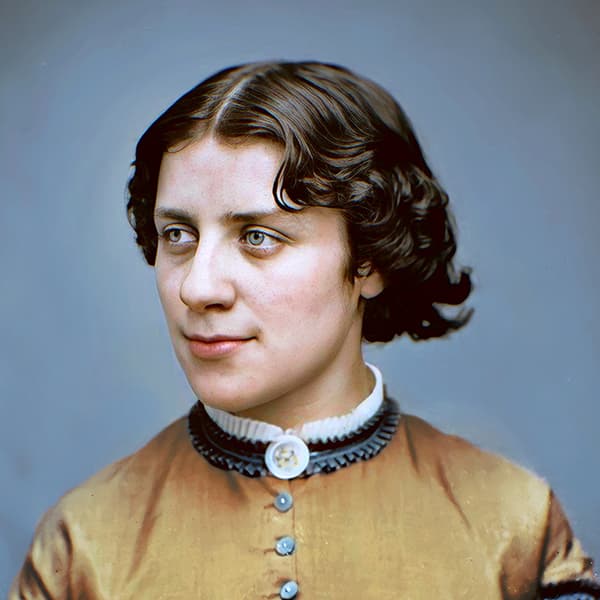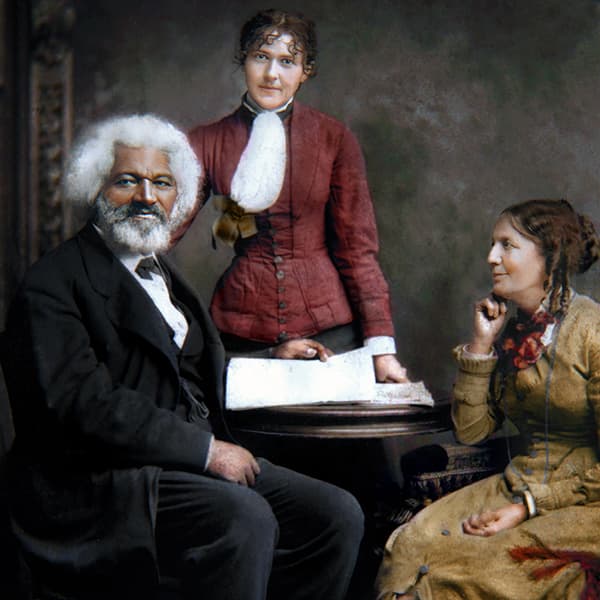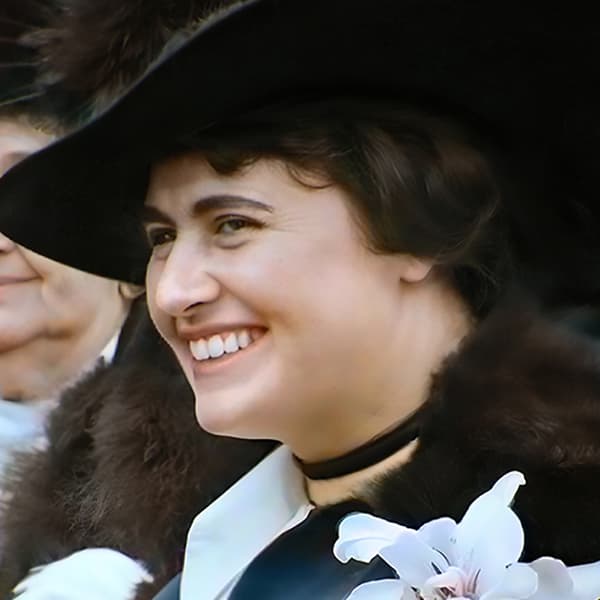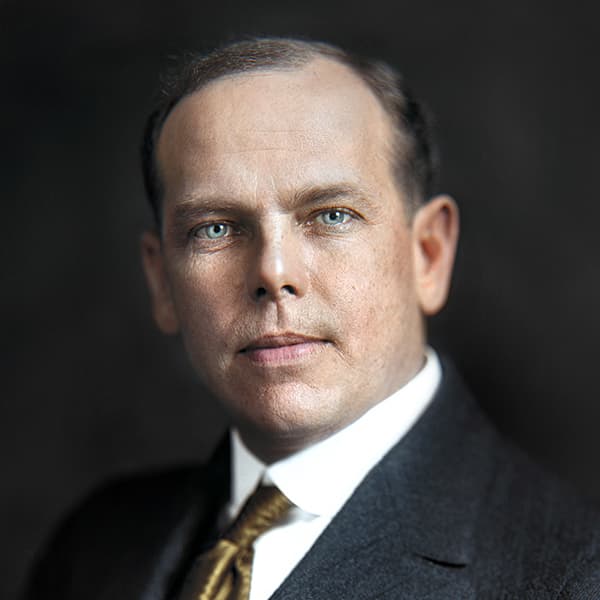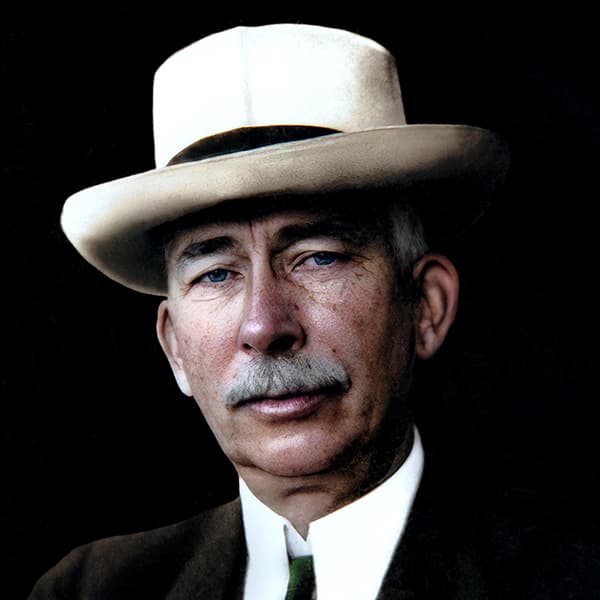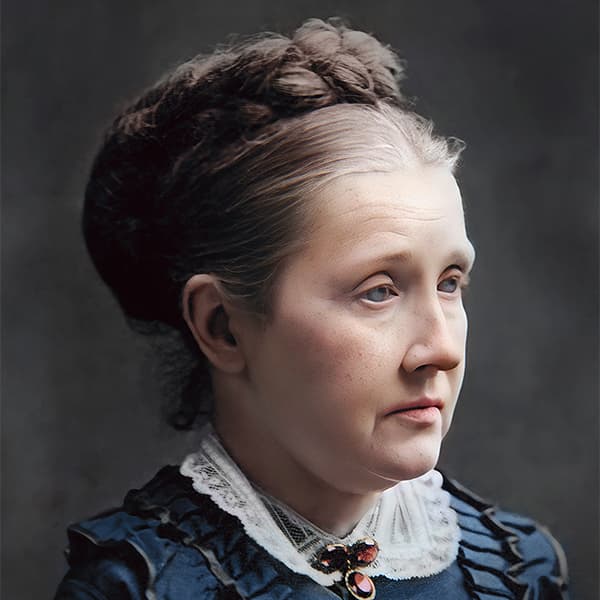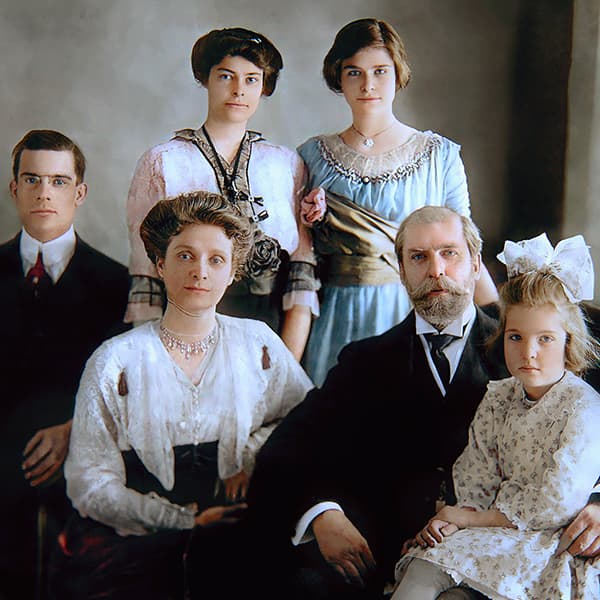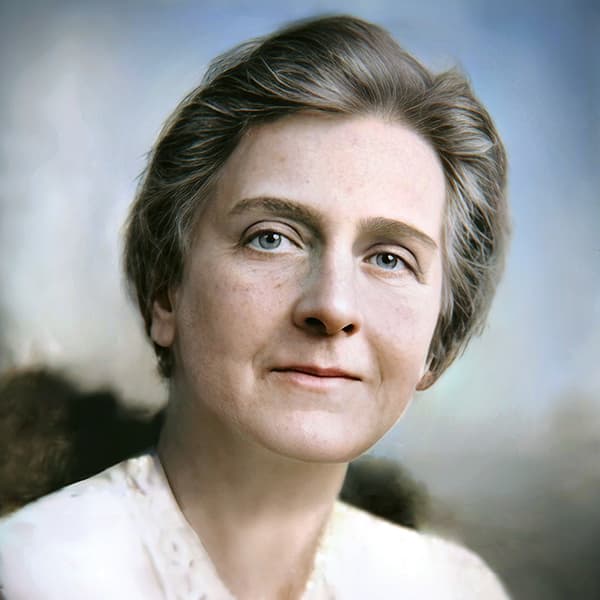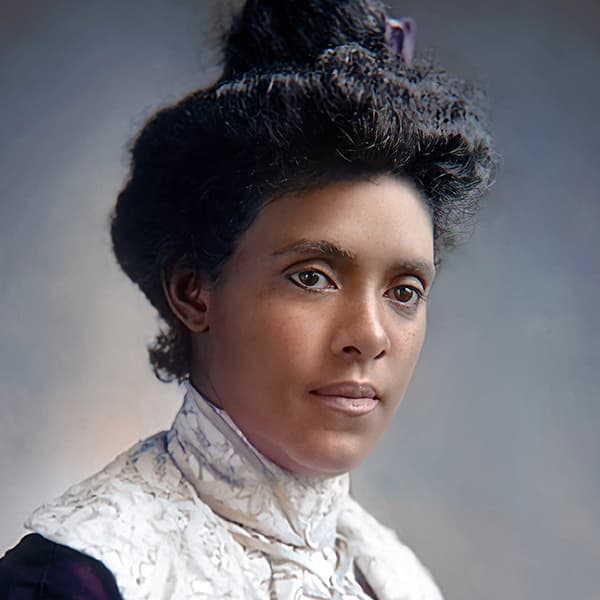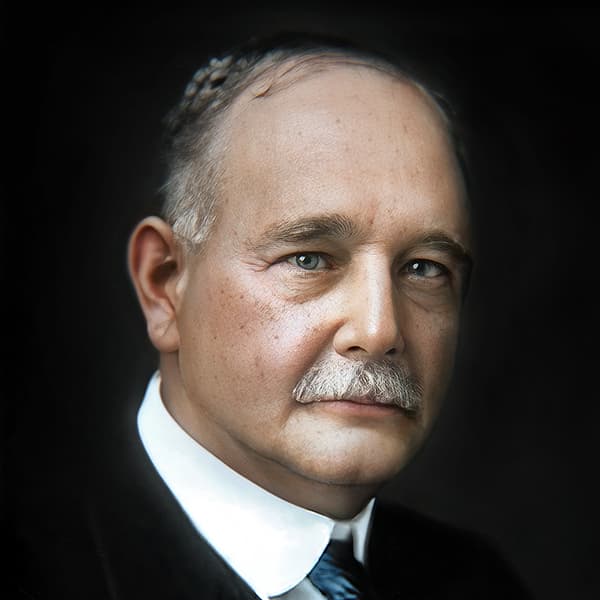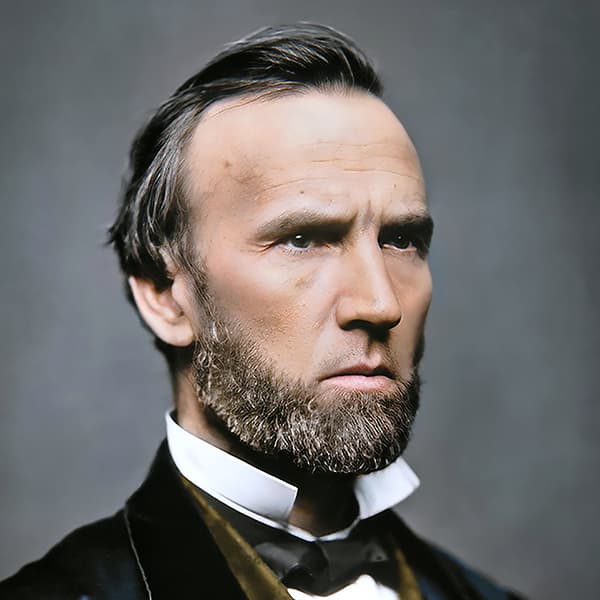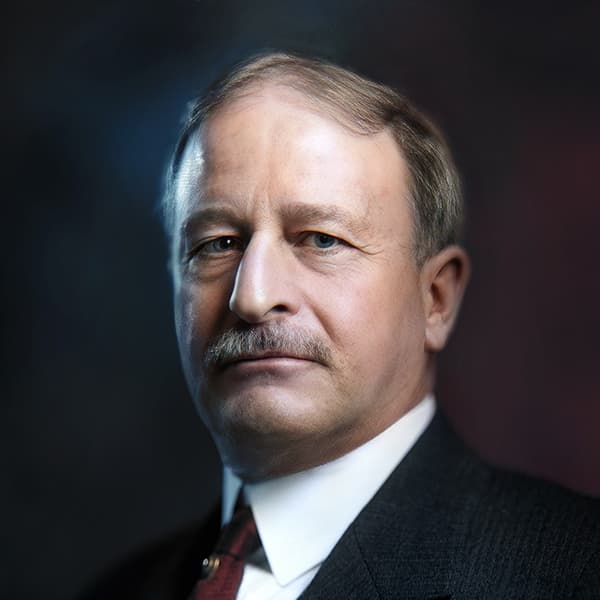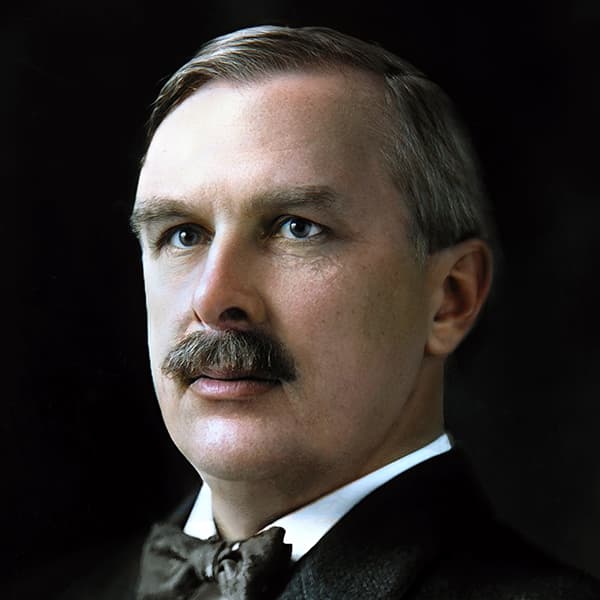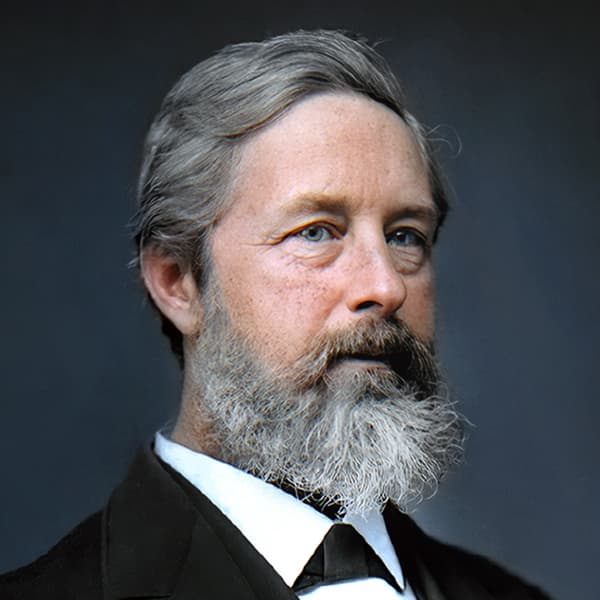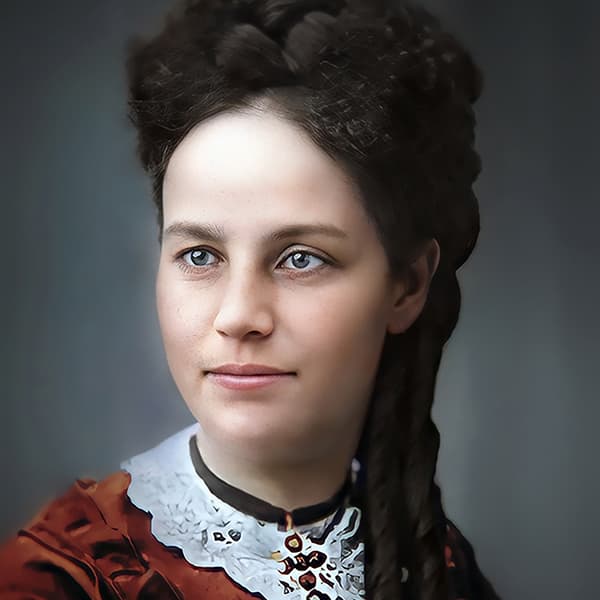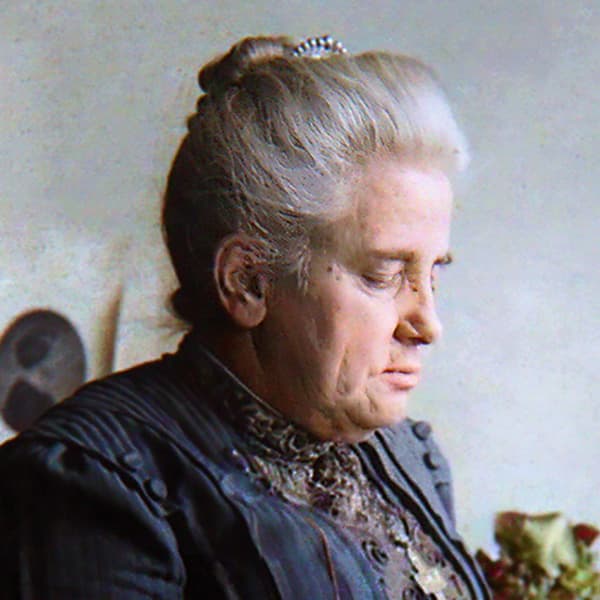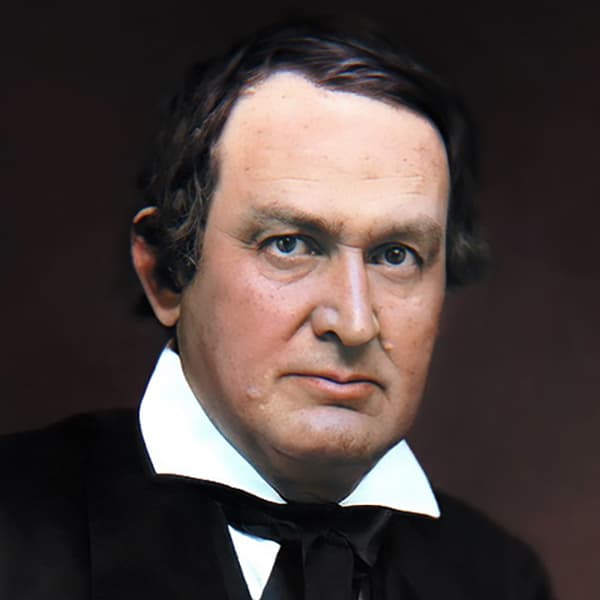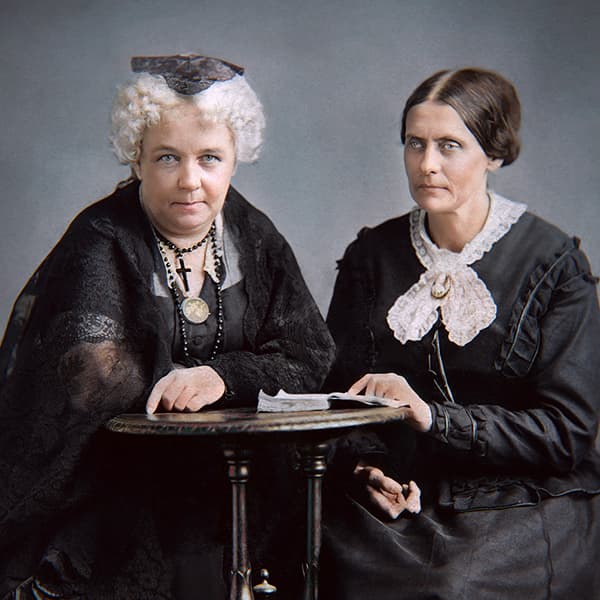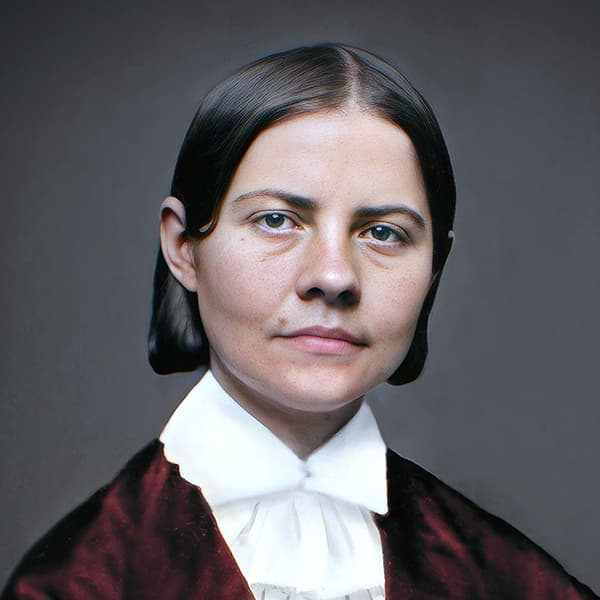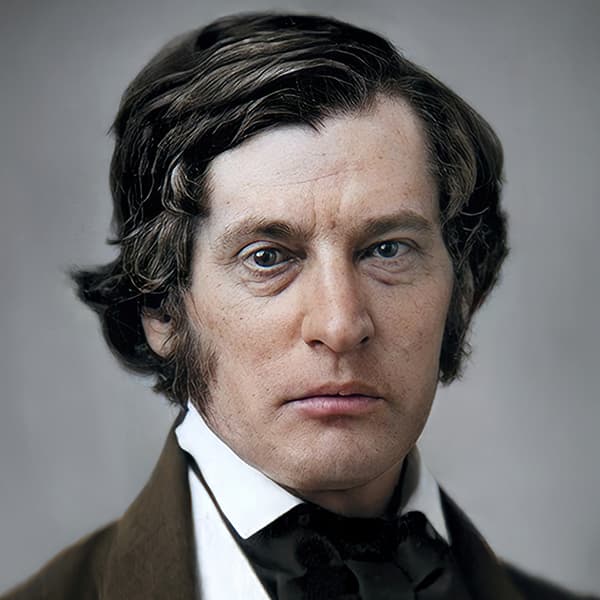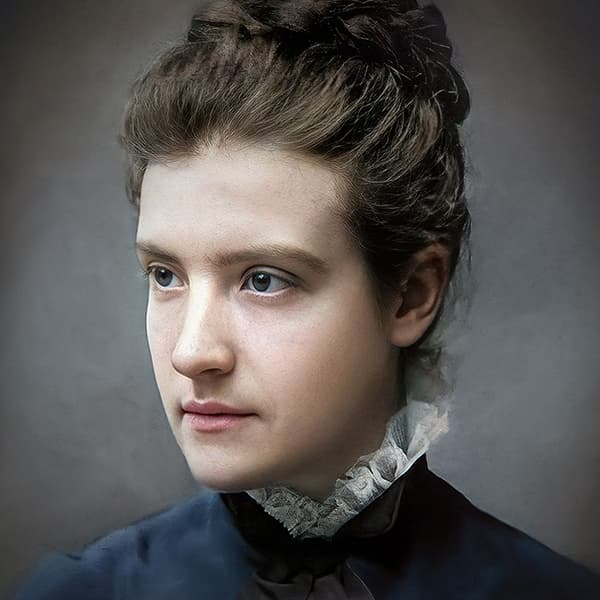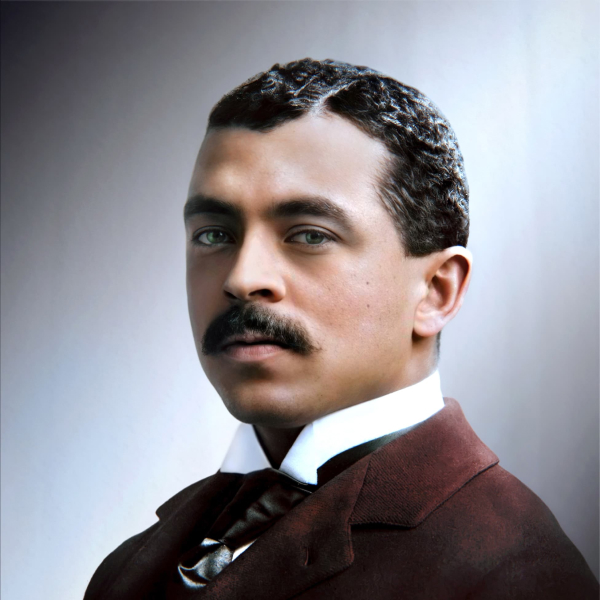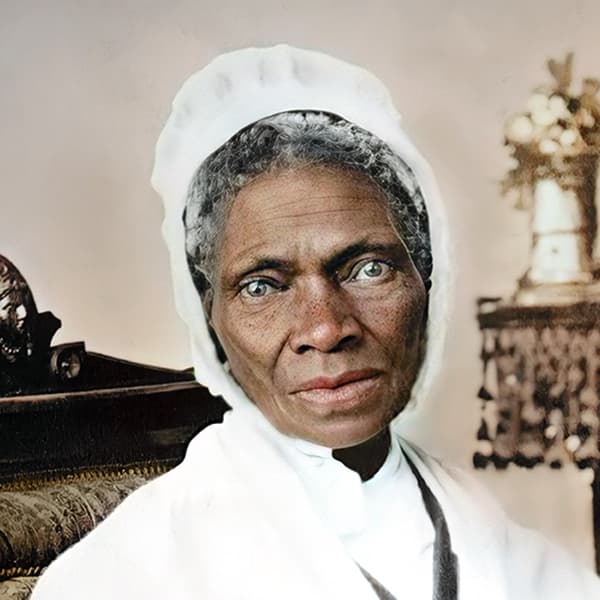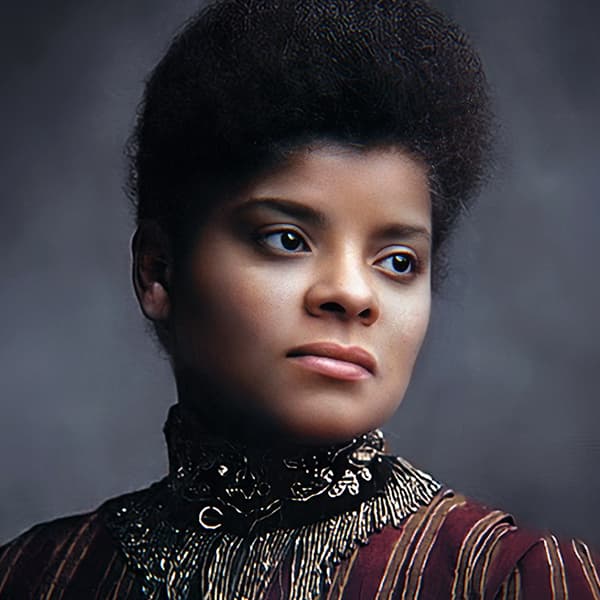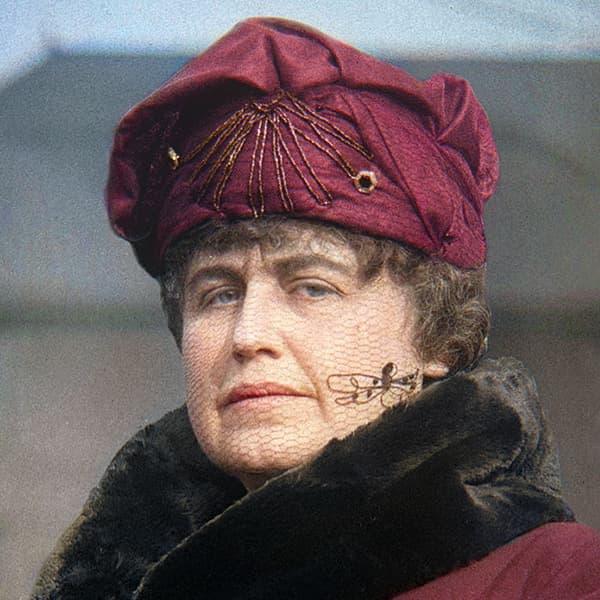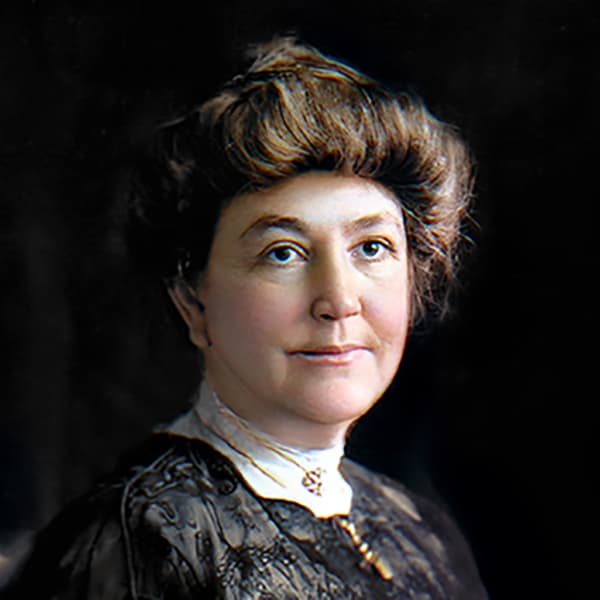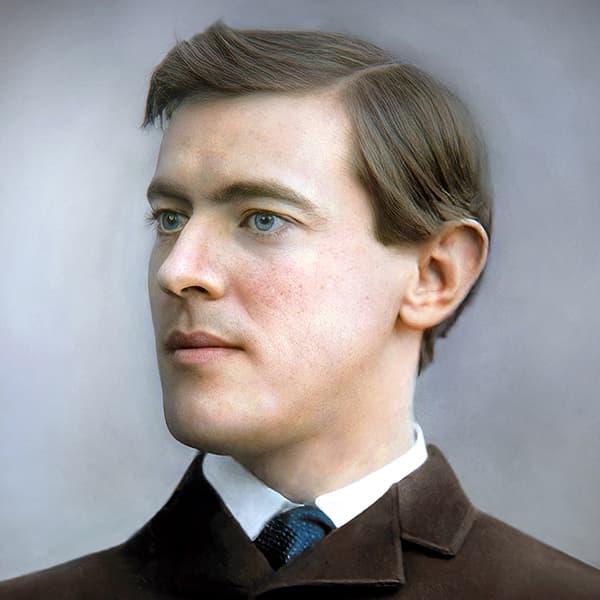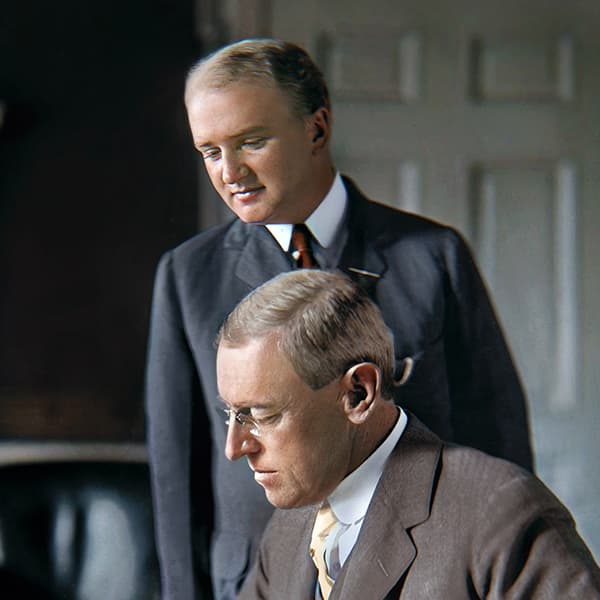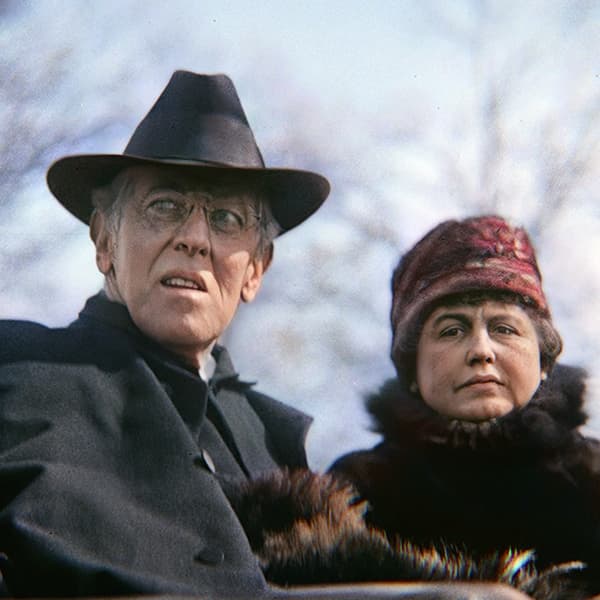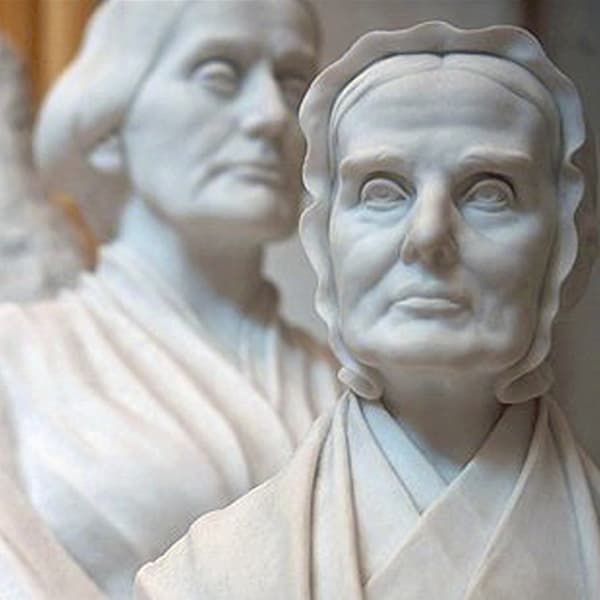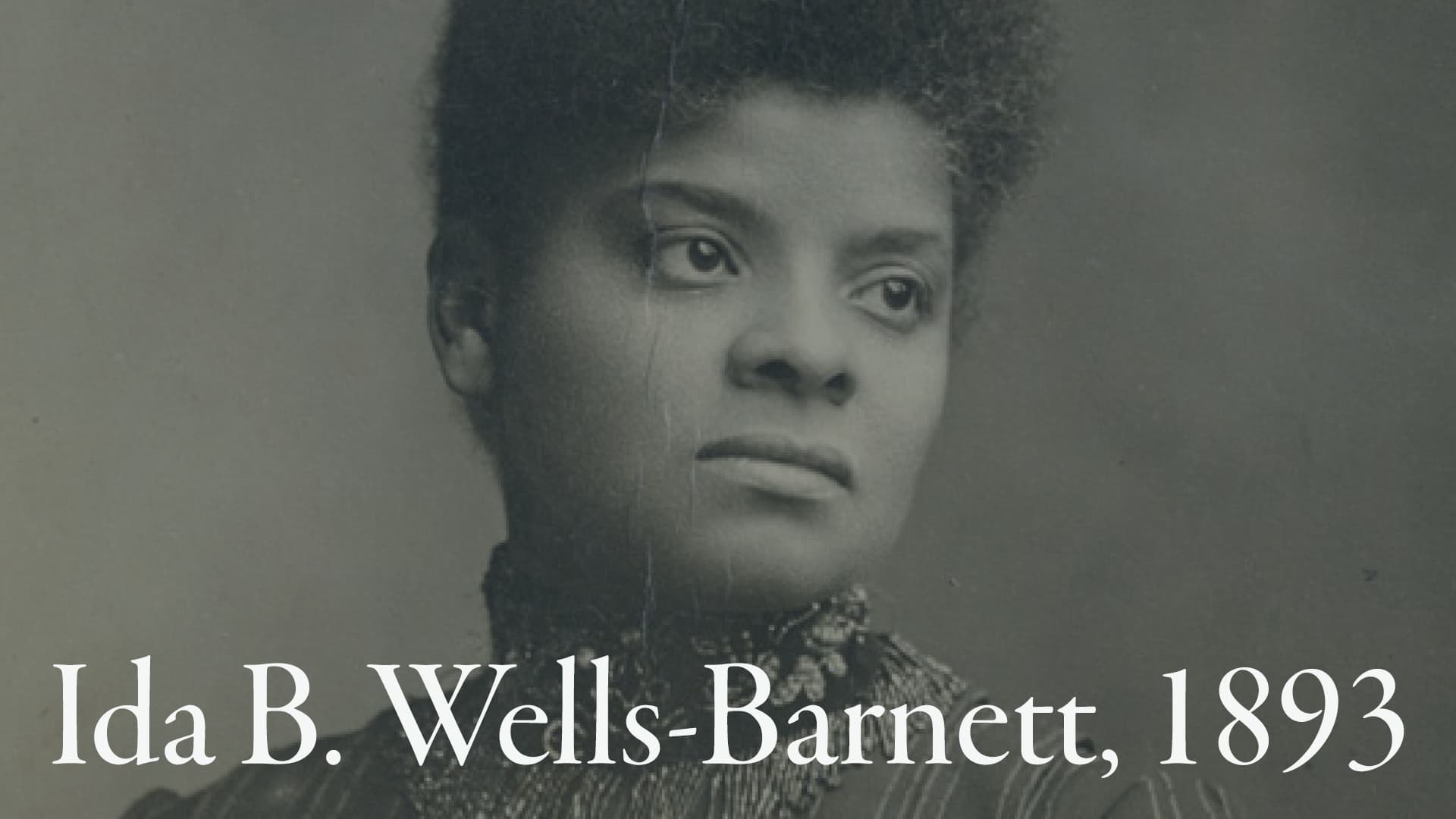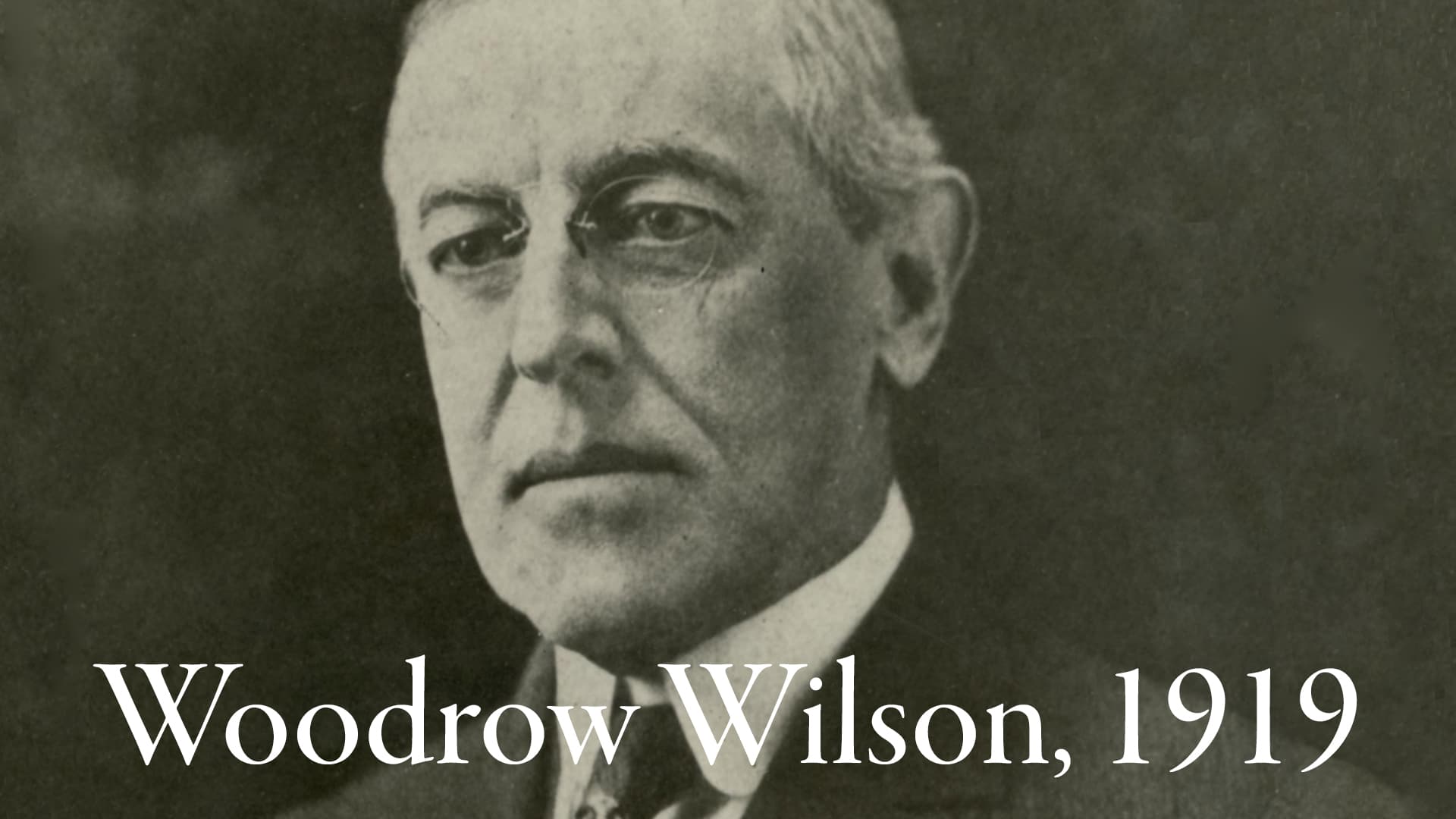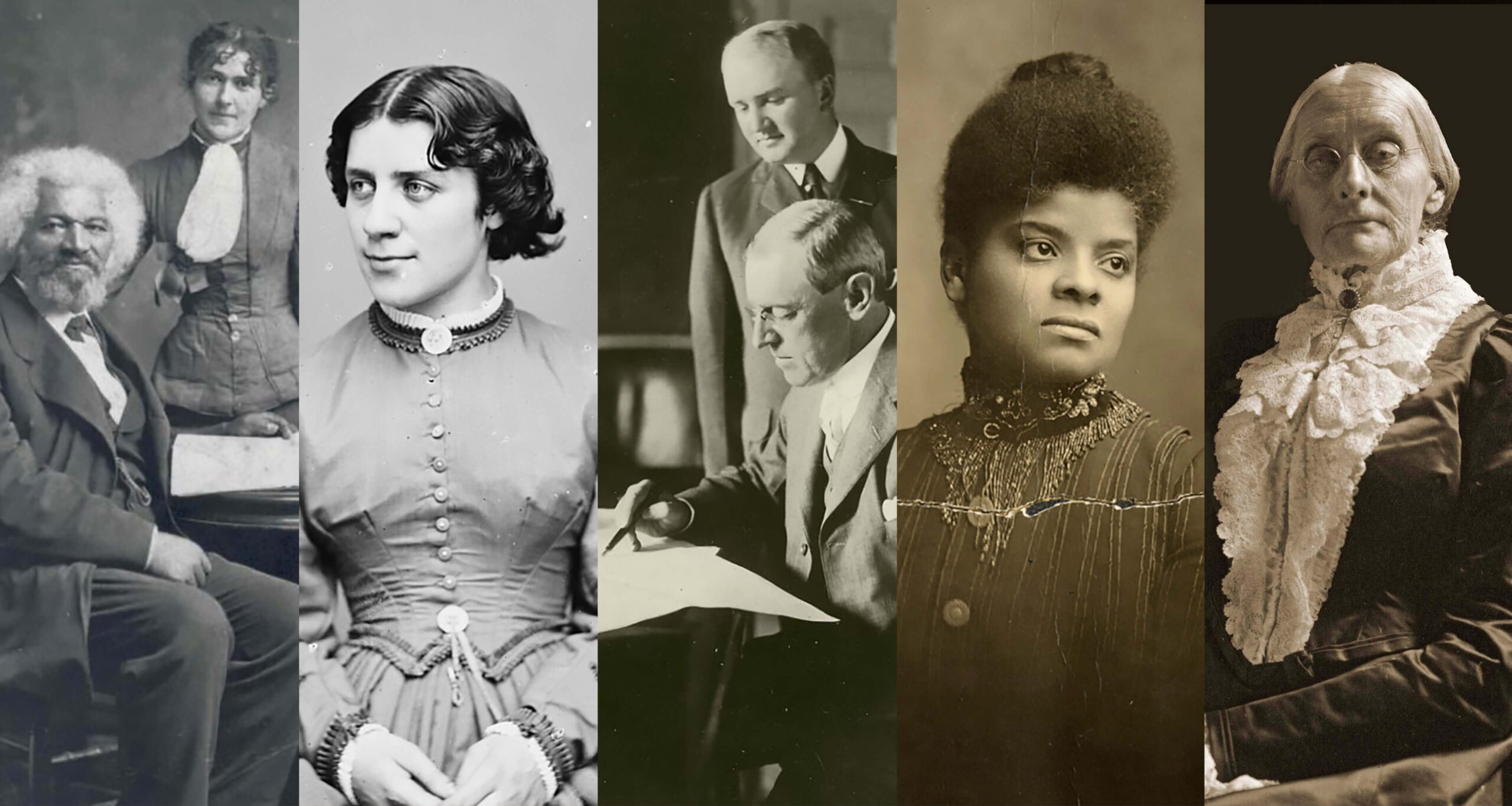
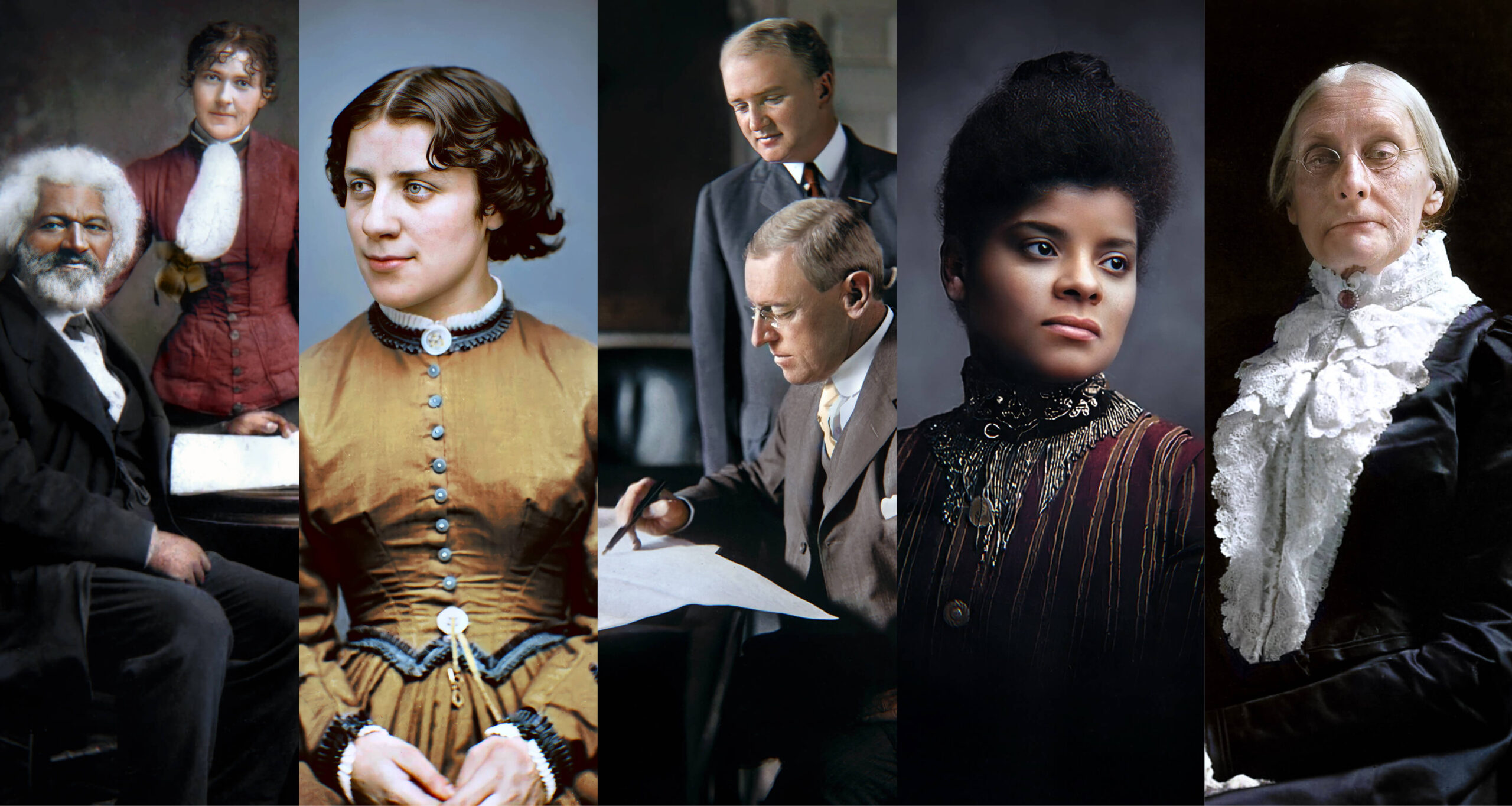
Gallery of Leading Characters
Below you’ll find more than 50 high-resolution, beautifully restored photographs of Wilson’s era and before. Select any image to view in full size, or to download. To view and download the images without a watermark, enter the password provided with your copy of Woodrow Wilson: The Light Withdrawn. In the print and ebook editions, the password appears beneath the QR code on the first page of the Notes (p. 501 in the print edition). In the audiobook, the password is provided in the Opening Credits.
Photographic restoration and enhancement by Jecinci
All images © 2024 Christopher Cox
A Note on the Restoration Process
The original photographs in this collection include some that are nearly as old as photography itself. (The oldest dates from 1850.) Yet due to the very long exposure times typical of early techniques including daguerreotypy, an extraordinarily high level of detail was often recorded. Each of these photographs was selected for the high quality of the original that enabled its transformation to a stunning, high-resolution color image.
Click or tap the blue dots below to learn more about the work involved in bringing the faded past to life.
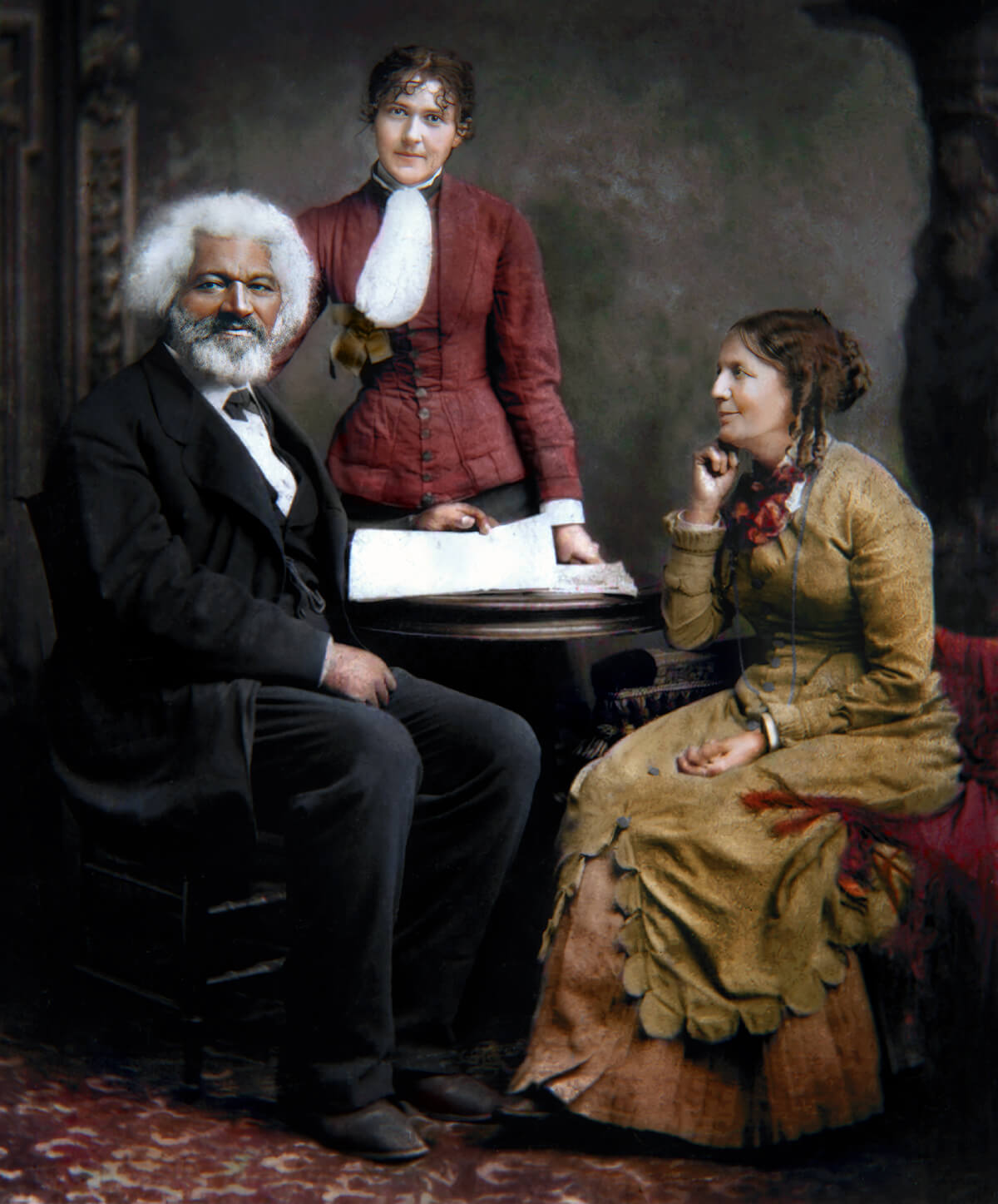
An exceptionally important early step in the process is compensating for variations in the way each photograph was taken, and in the equipment that was used. Gray values are subject to, among other things, the camera’s ability to capture them. For example, before the introduction of panchromatic film in the 20th century, orthochromatic film overexposed blues (the reason the sky in early photographs appears white or gray). At the same time, it was under-sensitive to red light, so that reds and oranges in the black and white image would appear much darker than blues and greens. Such known anomalies must all be taken into account before the process of color analysis begins.
Inferring colors and hues from black and white photographs is a mixture of art and science. Beyond the initial equation of grayscale values to color values, historical research plays a key role. Research into the fabrics, dyes, and materials used for clothing of the particular time and place can provide clues to sharpen these details in a photograph.
A Peek into How it's Done
Watch the transformation of these faded 19th-century images into sharp, accurately detailed, 21st-century photographs in living color.

